Ford’s Thunderbird series, which debuted in 1955, was designed more as a stylish and fast boulevard cruiser than an out-and-out sports car. In standard form they were heavy, suffered from a lack of braking power and had a suspension that did not suit well to life on the race track. However in late 1956, perhaps sensing the early V8 Corvette’s potential as a track weapon, Ford decided to build and race two Experimental Class 1957 T-Birds. The Ford ‘Battlebirds’ (a name coined later on by the media), created were the work of talented engineers in an effort to bring racing glory to the Ford nameplate and to defeat stiff competition such as the Corvette. Much needed to be done to make the popular Thunderbird into a formidable competitor.
Peter De Paolo Engineering, a Long Beach, California based race shop subsidised by the Ford Motor Company, got the job of preparing four T-Birds. Two cars were kept nearly standard so they would qualify for ‘stock car class’ racing. These two cars were intended to perform well on straight, high-speed courses while the other two heavily modified cars were destined for road courses. Famed race car constructors Jim Travers and Frank Coons built the two latter cars; these were stripped of non-essential items and material and had weight saving aluminium bodywork courtesy of Dick Troutman and Dwight Clayton. This included the door, bonnet and boot lid skins, headlight and taillight housings, side-vent covers, a passenger side tonneau cover was added along with a streamlined full length driver’s side head fairing. Removal of the heavy standard bumpers and liberal hole-drilling in steel components was also undertaken by the De Paolo team. The interior and other areas were stripped back to basics. The stripped interior was replaced with a single lightweight racing seat located behind a small six-gauge instrument pod that replaced the original dashboard.
The suspension was uprated to stock car spec, with stiffer coil springs in the front and a seven-leaf spring set-up in the rear. Finned drum brakes were used with the rears receiving modifications to aid cooling.. A Halibrand quick-change differential was fitted and an additional fuel tank installed in the boot. Halibrand also supplied the magnesium wheels with 3-eared knock-offs were fitted, along with Firestone Super Sport racing tyres. The exhaust were modified, with tail pipes being faired into the rear of the rocker panels.
The no.98 car was fitted with a highly modified Hilborn-injected 312ci Y-block engine with magneto ignition, while the other was given a Lincoln 430ci V8 with the engine placement on both moved 6 inches backward and 4 inches lower to help weight distribution. After fitting the injection, a McCullough supercharger, and other modifications, both engines were estimated to produce over 400bhp. Since Ford did not have a suitable gearbox to handle the power and to compete with Chevy’s Borg-Warner T-10, a four speed Moss gearbox from a Jaguar XK120 was adapted.
A July ’57 Sports Cars Illustrated article entitled ‘Ford’s 400 Horse T-Birds’ said it best: “Performance wise the ’Birds were little short of being domestic Ferraris. On second thought they should have been – for each of these finely engineered cars must have cost more than $20,000!”
A July ’57 Sports Cars Illustrated article entitled ‘Ford’s 400 Horse T-Birds’ said it best: “Performance wise the ’Birds were little short of being domestic Ferraris. On second thought they should have been – for each of these finely engineered cars must have cost more than $20,000!”
The pictures below are from when the Battlebird was seen inside the rear of a dealership in California. Notice it has door coverings, carpet, another seat and rear nerf bars added. This is the one that became No. 98 Marvin Panch's car. The story goes that the other one (or 3?) were on car lots in Cali as well.
The cars had some success in racing prior to the Automobile Manufacturers' Association ban on racing, which meant the cars became obsolete. They were later sold to a privateer who continued to race them for several years. Though the cars did not compete at Sebring and rival their competitors, they were given the opportunity to race prior to the ban. Out of the two, the Ford performed better, though the Lincoln-powered car did set the Daytona record for a standing-start. The Lincoln powered car was later destroyed in an accident.
Specifically constructed for the highly publicised Daytona Beach two-way flying mile speed runs, the two cars made their first appearance on February 9th, 1957.
 |
| A rare shot of the Lincoln-powered No.99 |
Driven by Chuck Daigh, this T-Bird, (the 98 car), reportedly made a 205 plus mph run before ventilating its block and preventing a return run, which disqualified it from the record book. After that, the blower was removed, and the new engine took Daigh to a third place at 93.312mph in the Speed Weeks Standing Mile Acceleration Event for Experimental Cars. No.98 was then entered in the local airport road course races where stock car driver Marvin Panch. Panch's road racing experience and the Battlebird's performance paid off when he finished second to Carroll Shelby in a 4.9 litre Ferrari. When the Automobile Manufacturers’ Association decreed that its members were to withdraw from racing events in 1957, the Ford Motor Company sold off the two experimental Battlebirds to the private ownership.
Incidentally, the fastest official run at Daytona Beach was for a land speed record run on 7 March 1935. Sir Malcolm Campbell with his Bluebird hit 330 mph on one run, but trouble on the return run dropped his average to 276 mph.
The only remaining Ford-powered Battlebird (no.98), the Chuck Daigh/Marvin Panch car remains and has been restored to its original Battlebird form. It sold at auction for $280,500 in 2010.
Excerpt from an unknown TV programme; the spec seems to differ from what I've gleaned from other sources. Anyone care to clear this up?


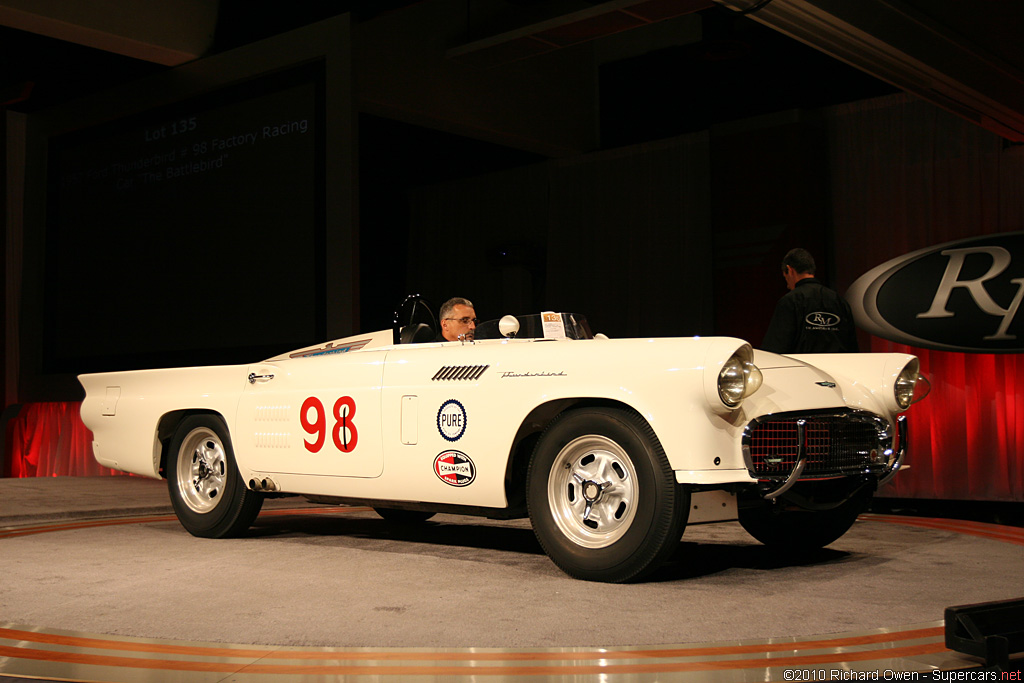


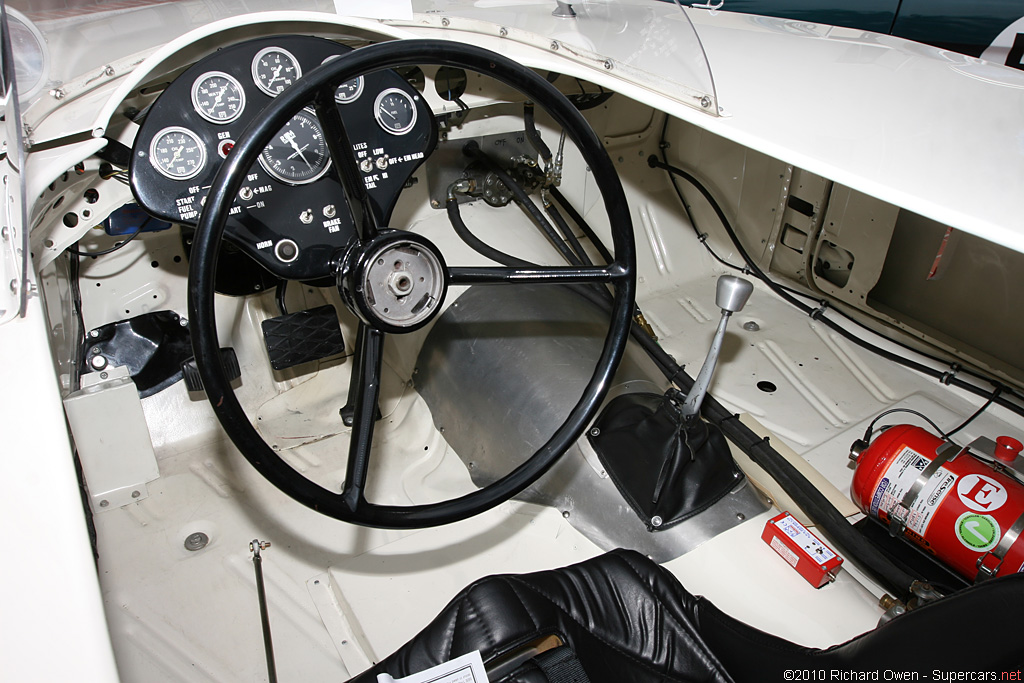
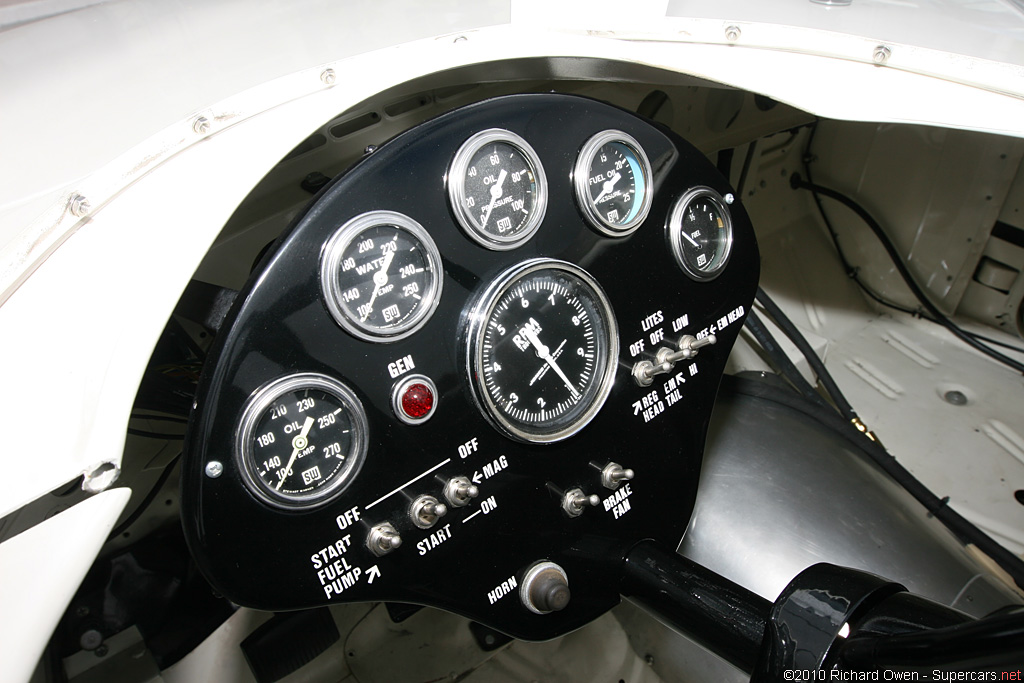
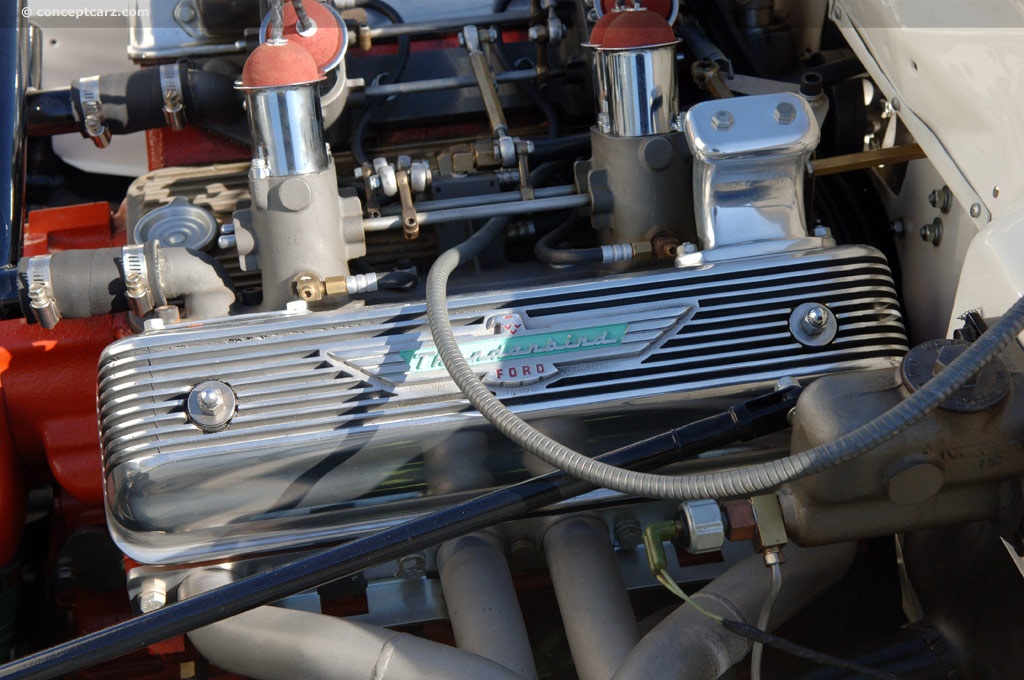
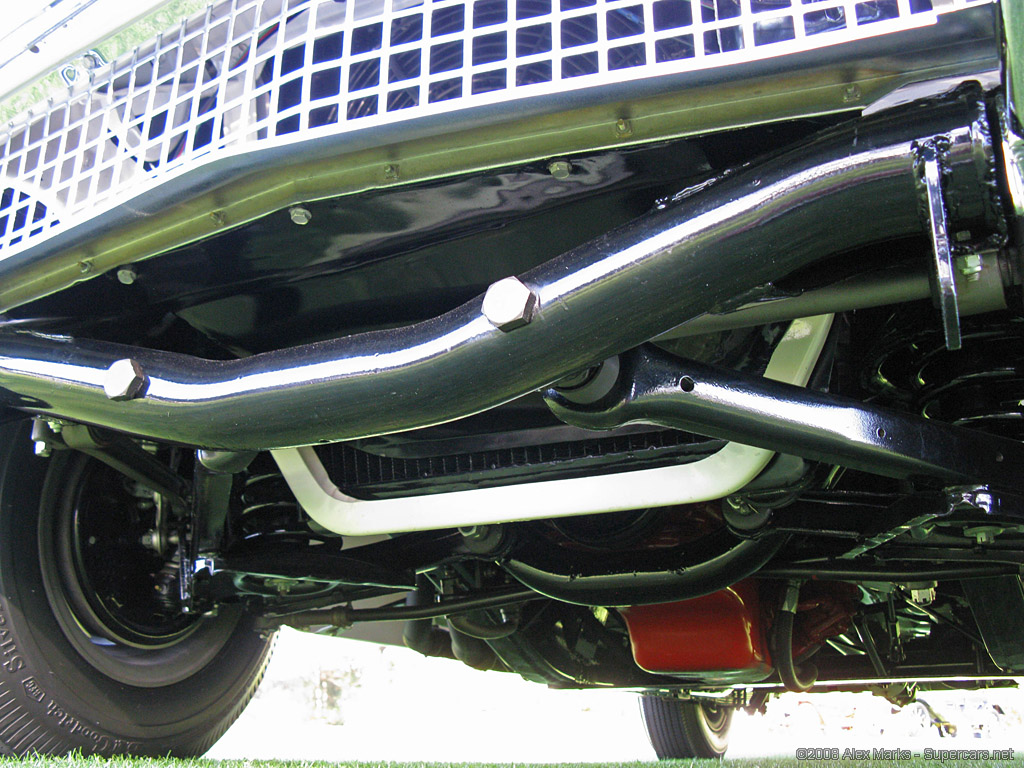


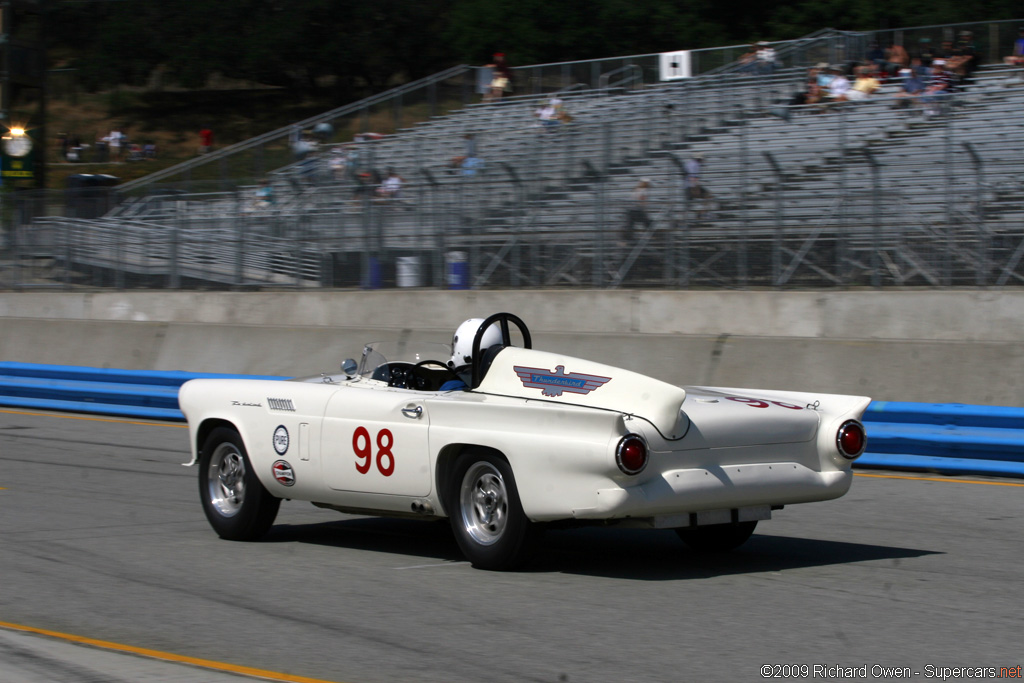

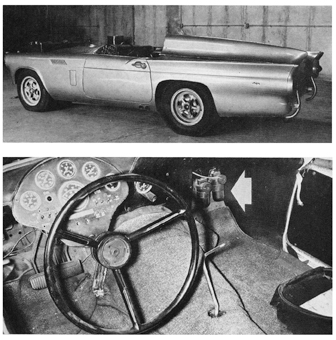
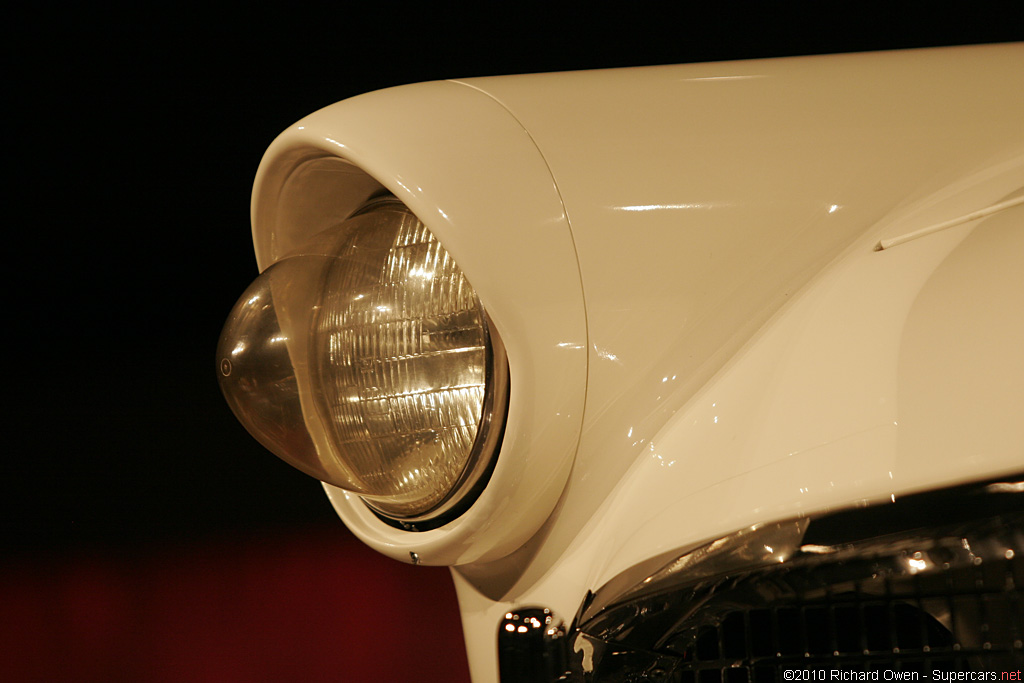



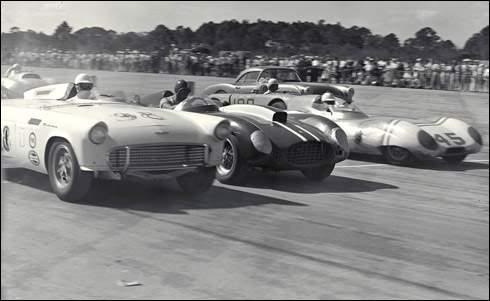
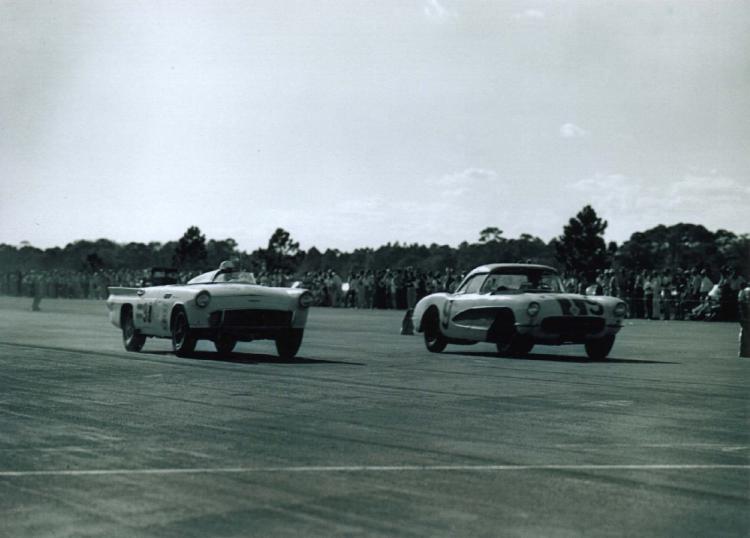
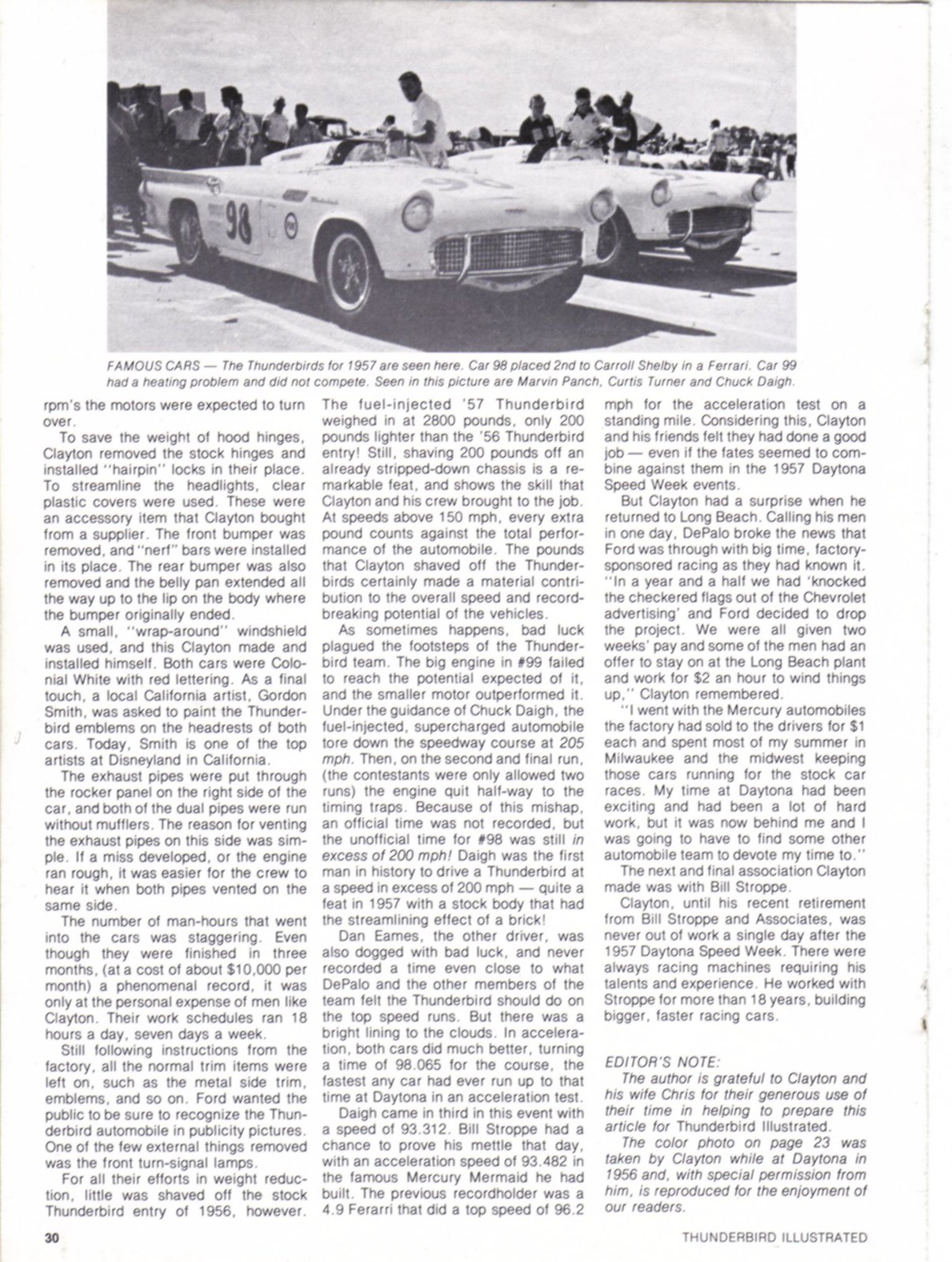

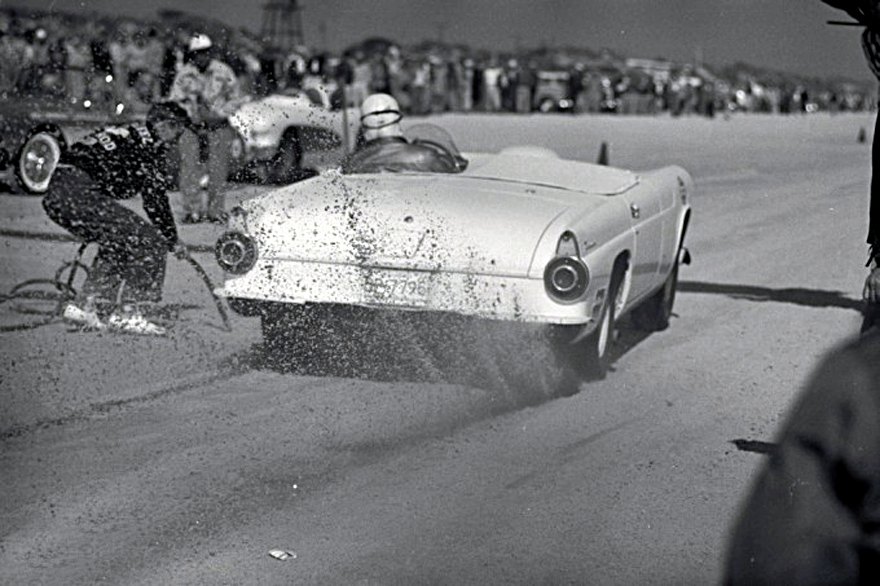
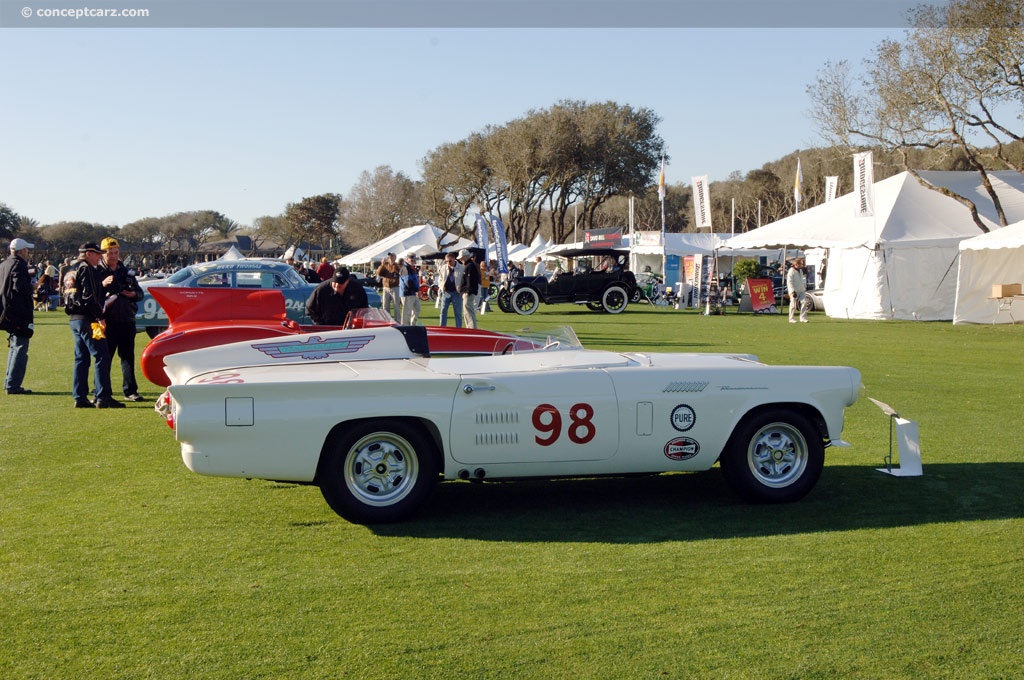
No comments:
Post a Comment